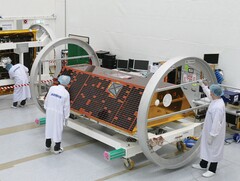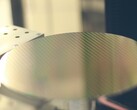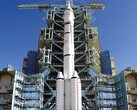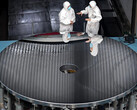China’s Tianwen-2 probe is on the Xichang Satellite Launch Center pad, with liftoff targeted for May 29. The Long March 3B Y110 launch vehicle has completed transfer, hoisting, vehicle-rocket integration, fairing installation and a full system rehearsal; propellant loading is the final step before the countdown.
The mission’s first objective is a rendezvous with the quasi-satellite 2016 HO3. Orbiting the Sun every 365.4 days—almost in lock-step with Earth—the body has remained resonant with our planet for at least a century. Engineers plan to collect and return surface material, offering a direct sample of primordial debris that records early Solar System conditions and may refine models of the Earth-Moon system’s evolution.
After the sample-return leg, Tianwen-2 will adjust its trajectory toward the main-belt comet 311P/Pan-STARRS. Classified as asteroid and comet, 311P sheds dust while maintaining an asteroid-like orbit between Mars and Jupiter. Investigators hope to determine whether that dust contains water ice, how the object’s energy source drives repeated eruptions, and whether similar ice-rich bodies are common. Answers could reshape theories on the distribution of volatiles and the origin of terrestrial oceans.
Multiple control centers—including Beijing Flight Control, Xi’an Tracking, and the Yuanwang telemetry fleet—have finished joint simulations to validate tracking and command links for the dual-target itinerary. Mission planners emphasize the compressed schedule: fly-by, sample acquisition, Earth return, and a secondary comet encounter, all executed by a single spacecraft.
Beyond its engineering complexity, Tianwen-2 addresses broader scientific goals. Material from 2016 HO3 could reveal how solar radiation and rapid rotation influence the small-body structure, while in-situ observations at 311P will test ideas about main-belt comet formation and stability.
Source(s)
Xinhua (in English)












